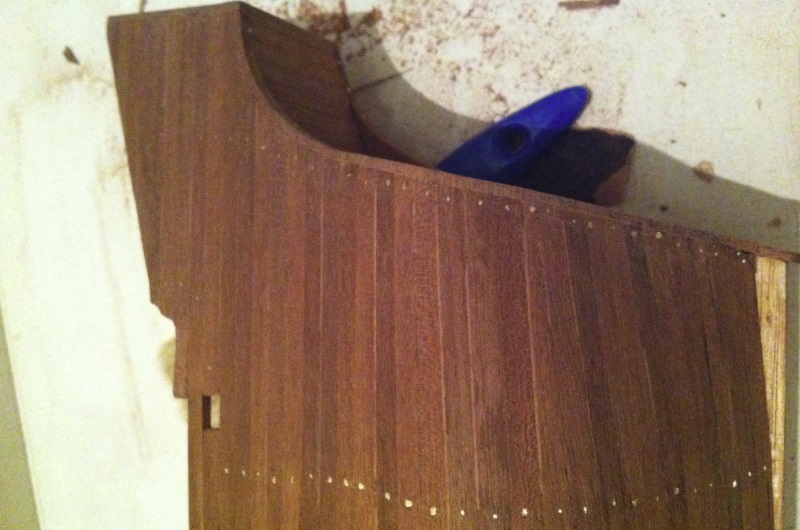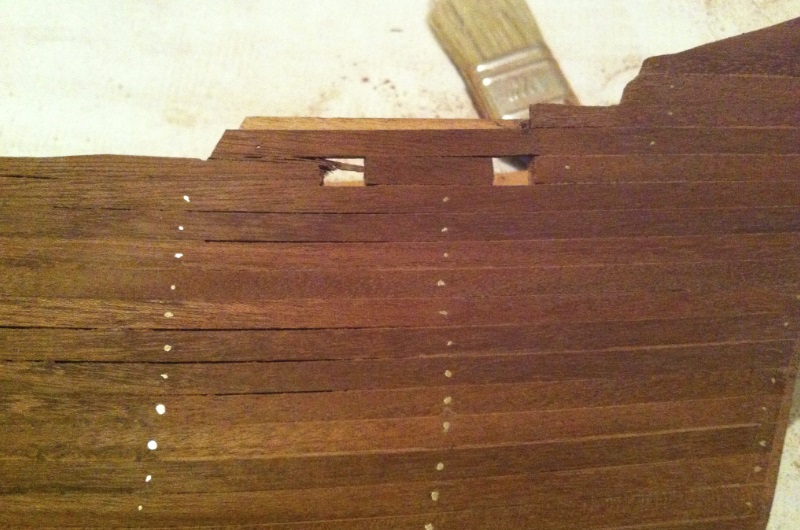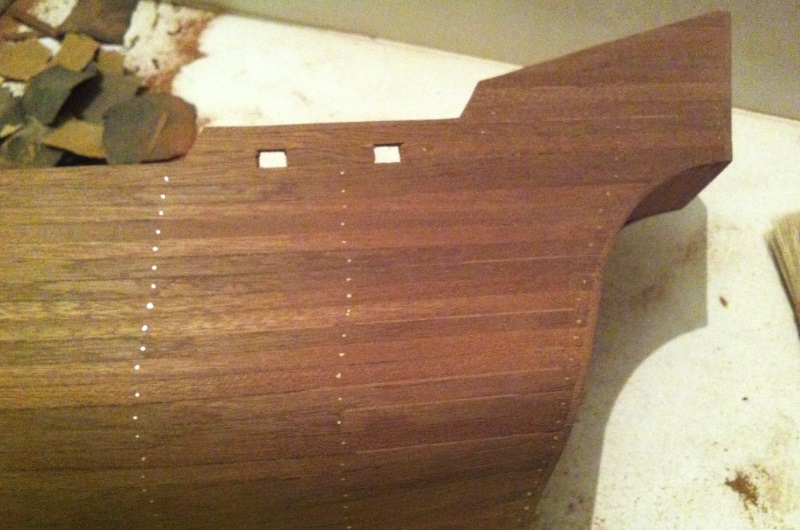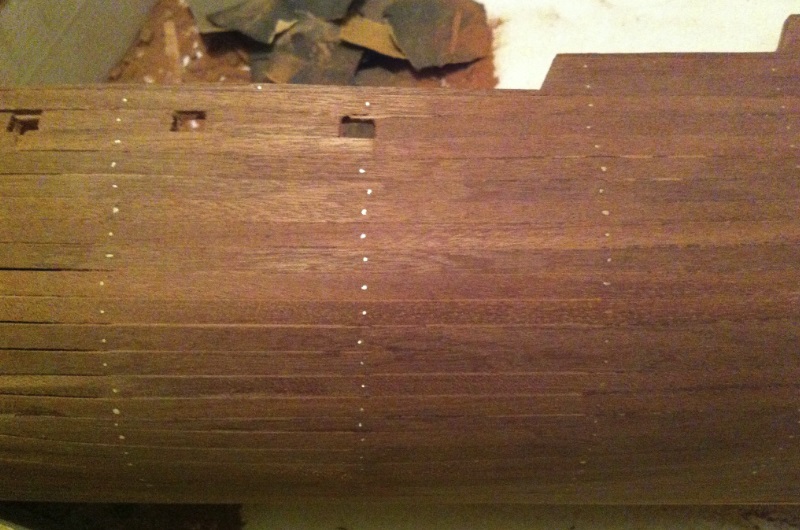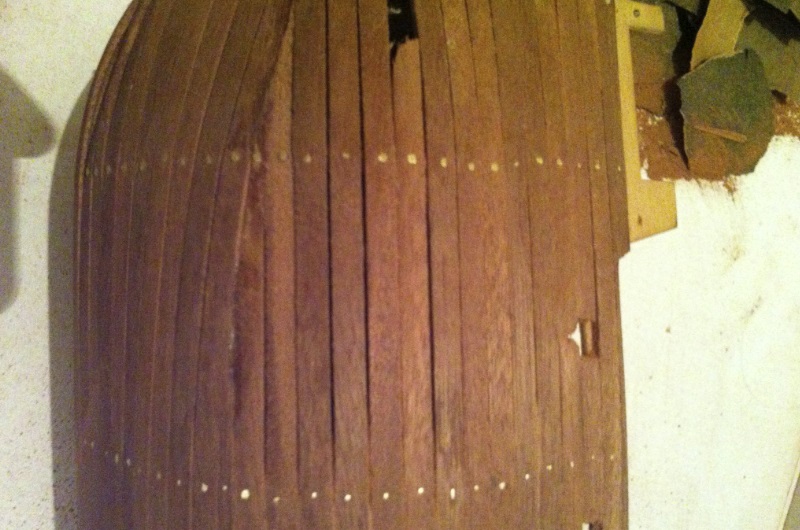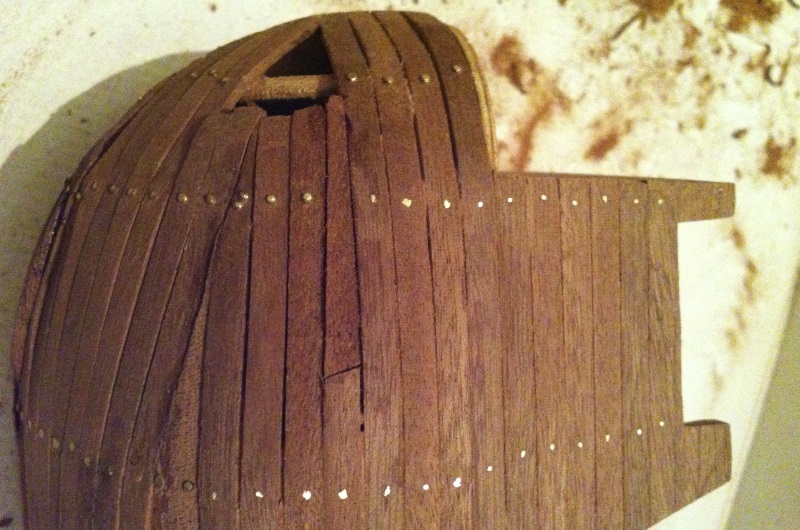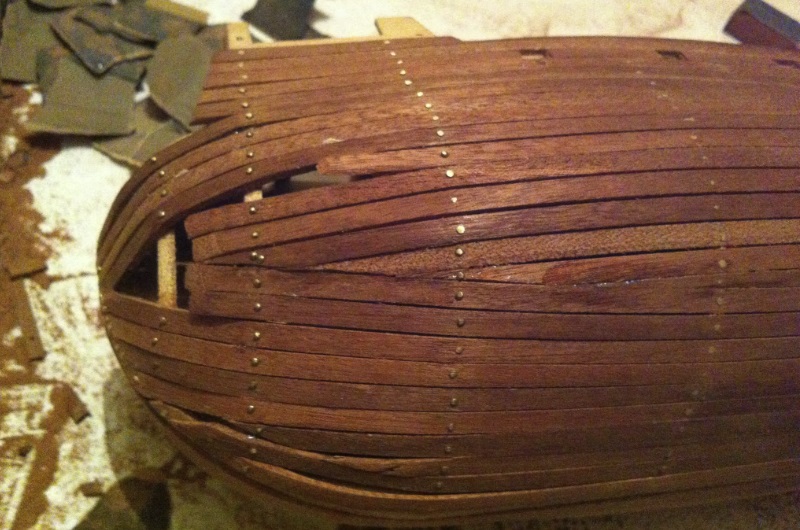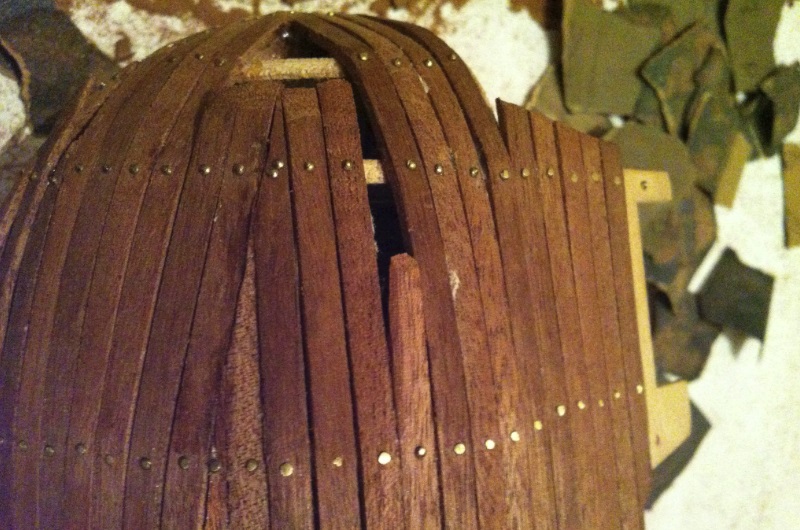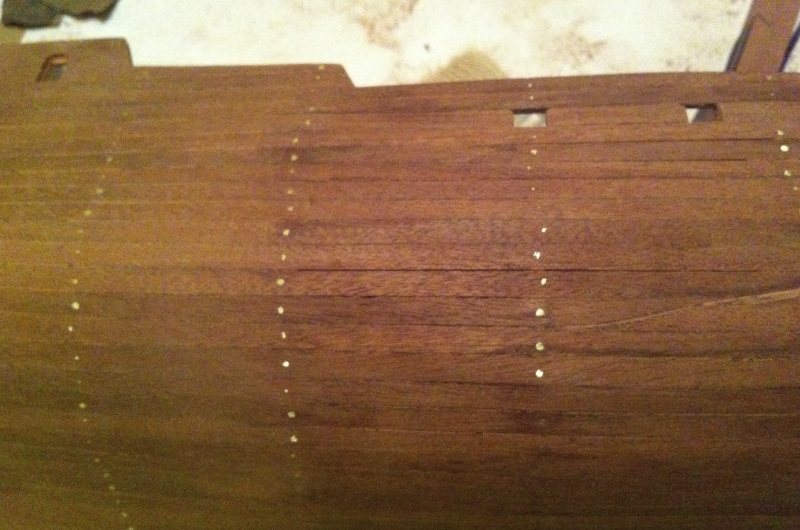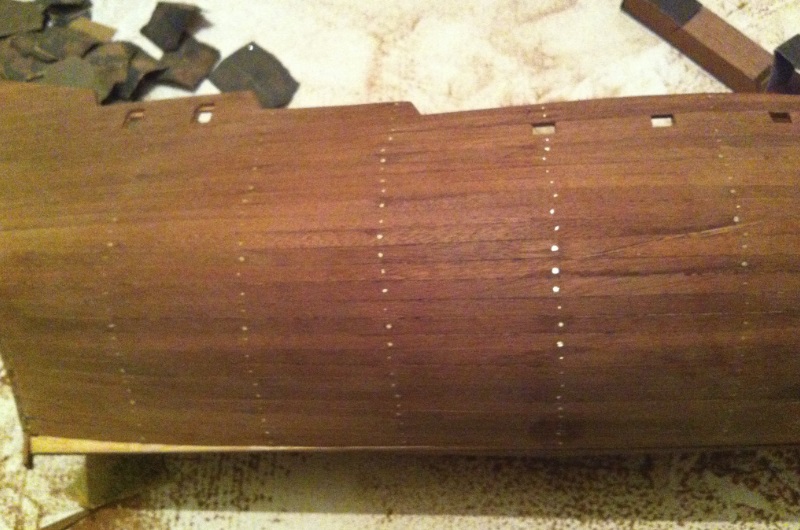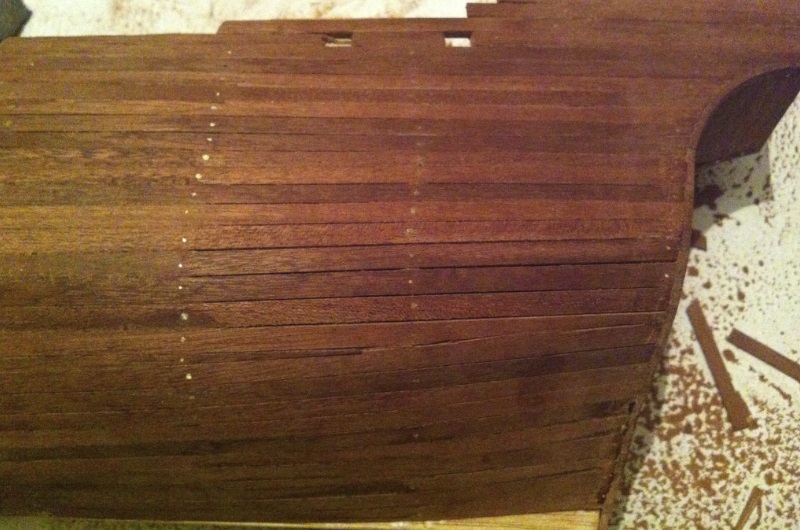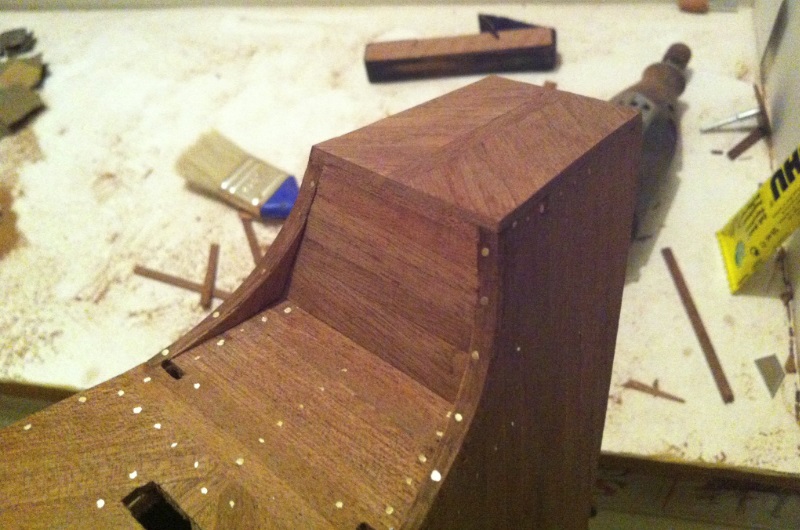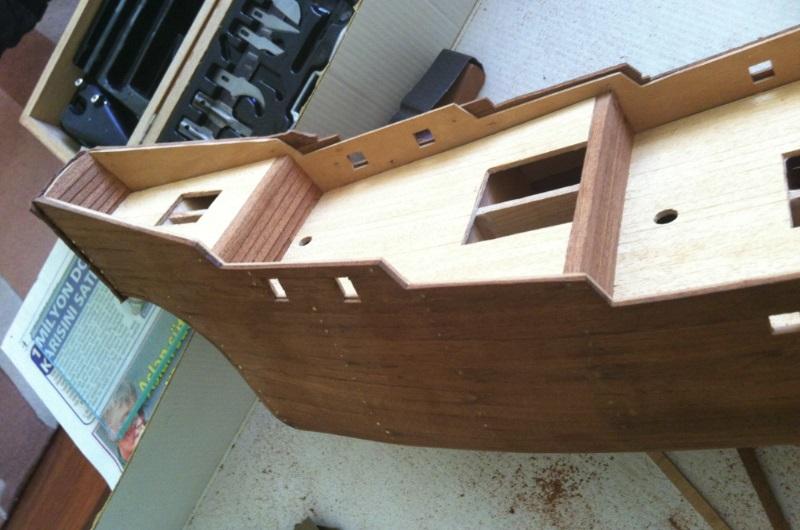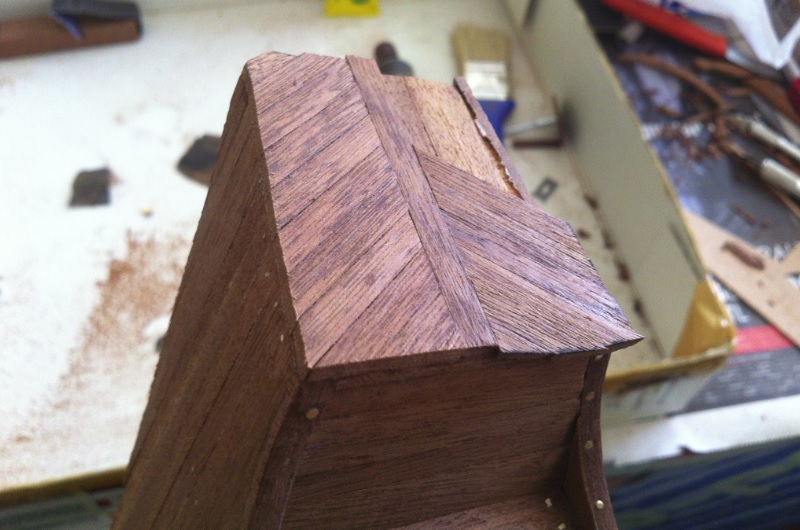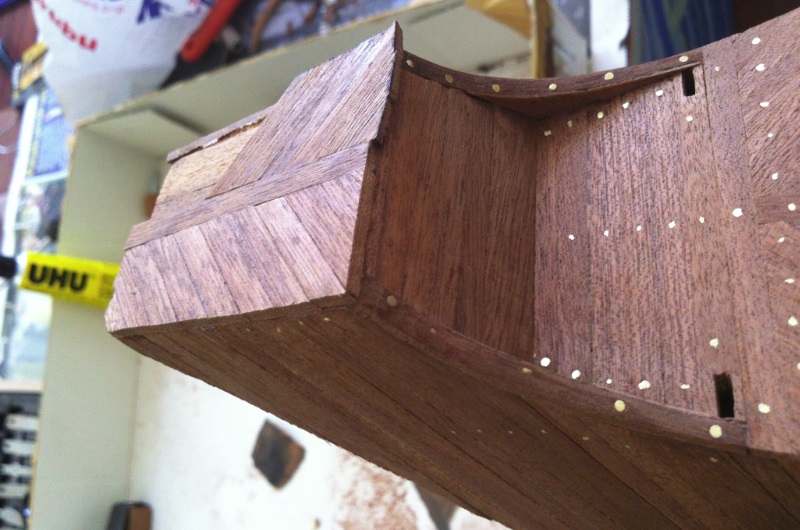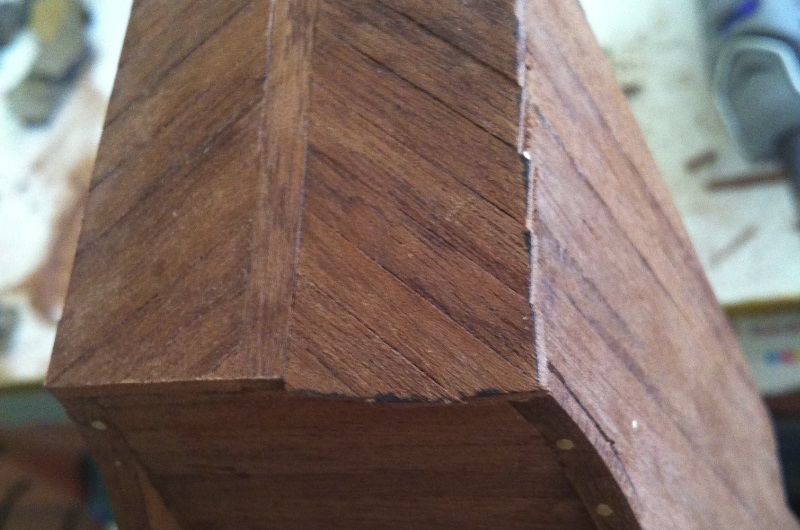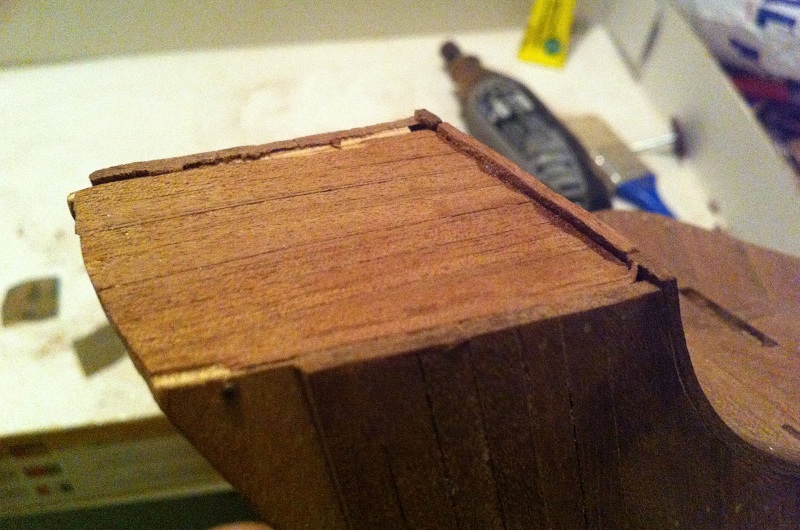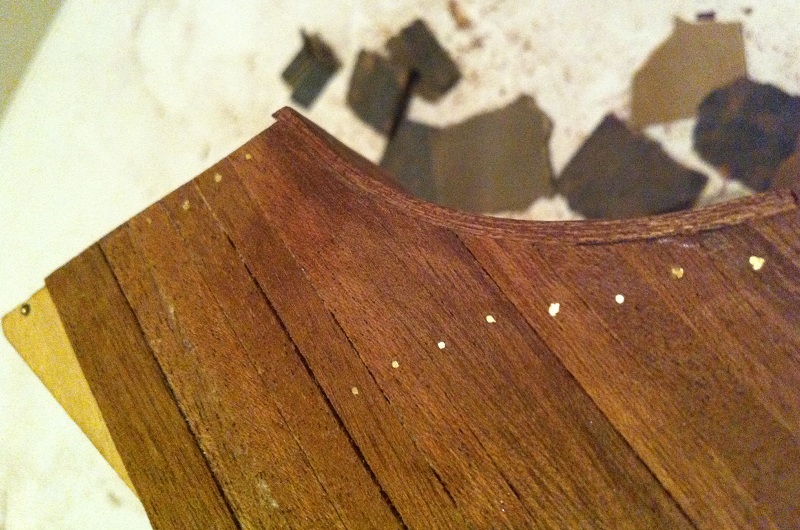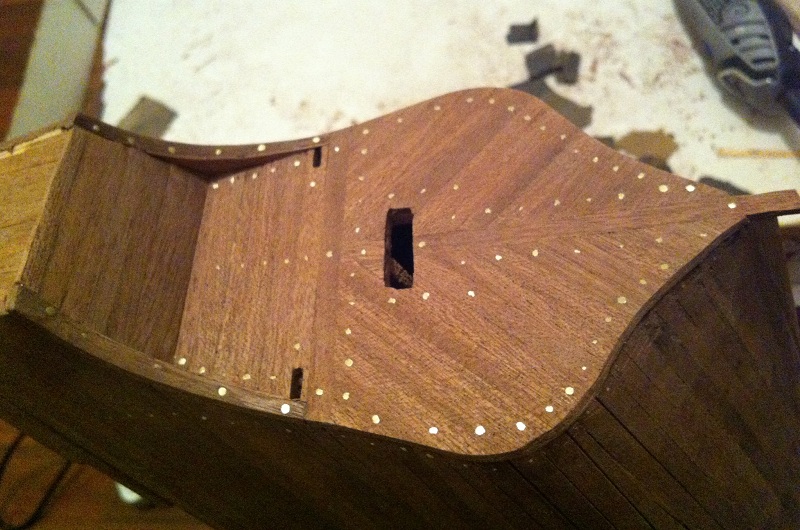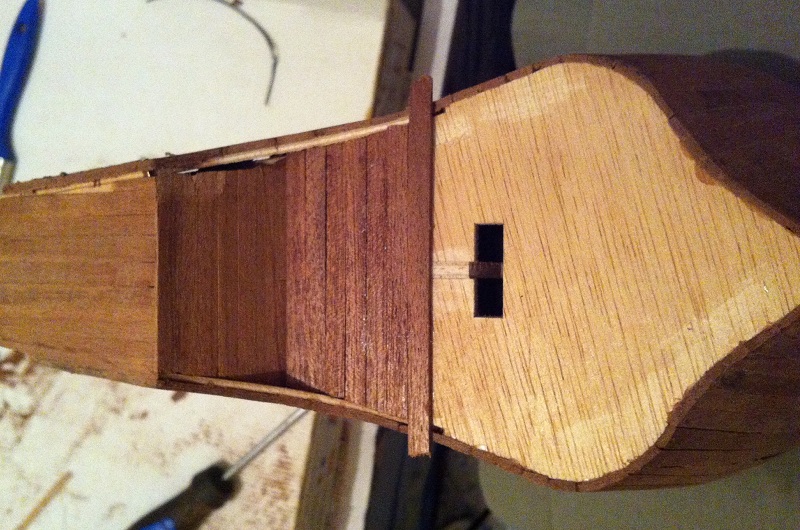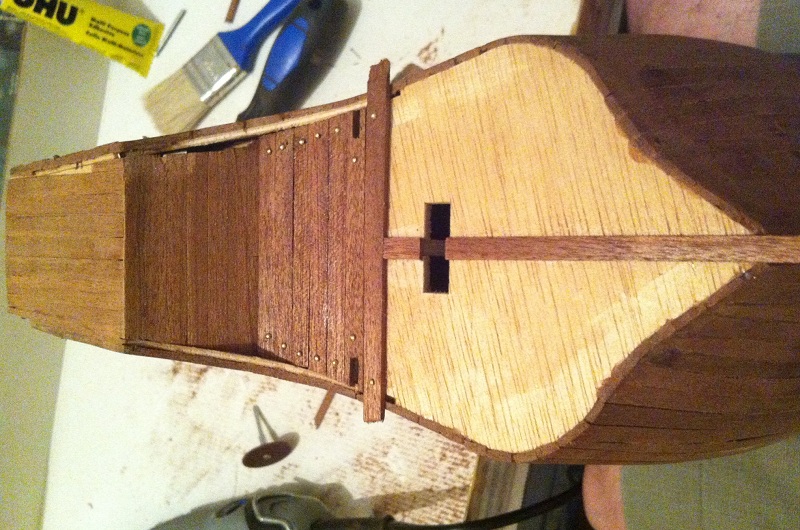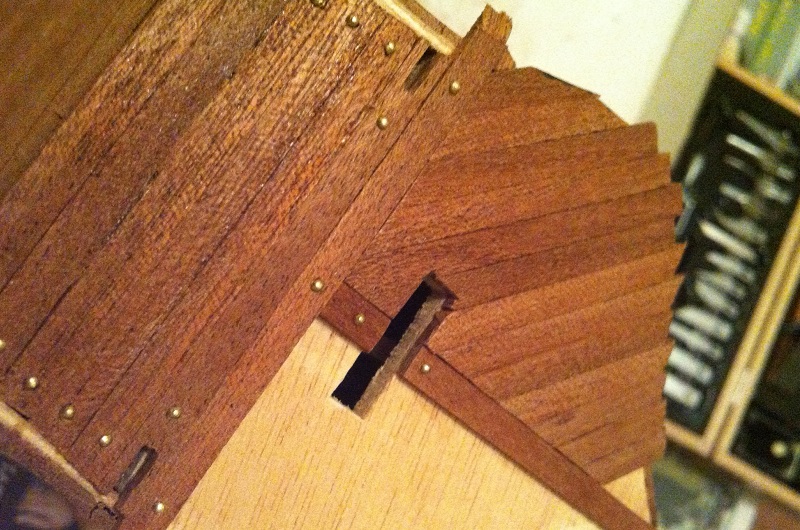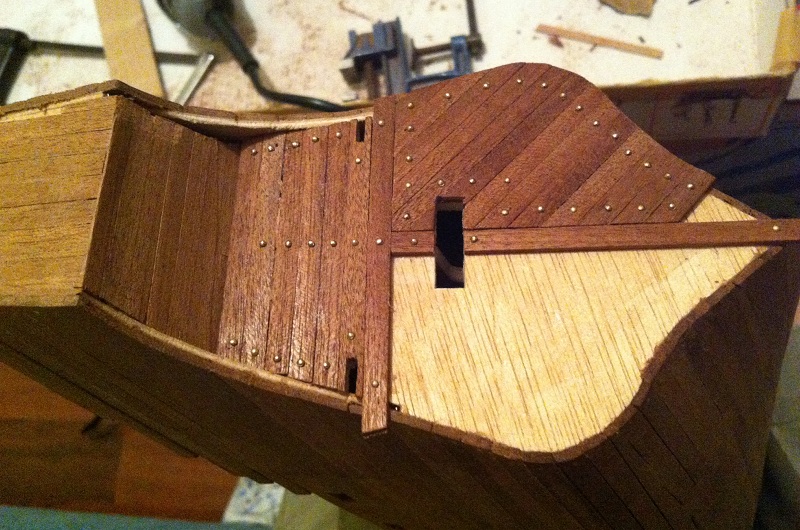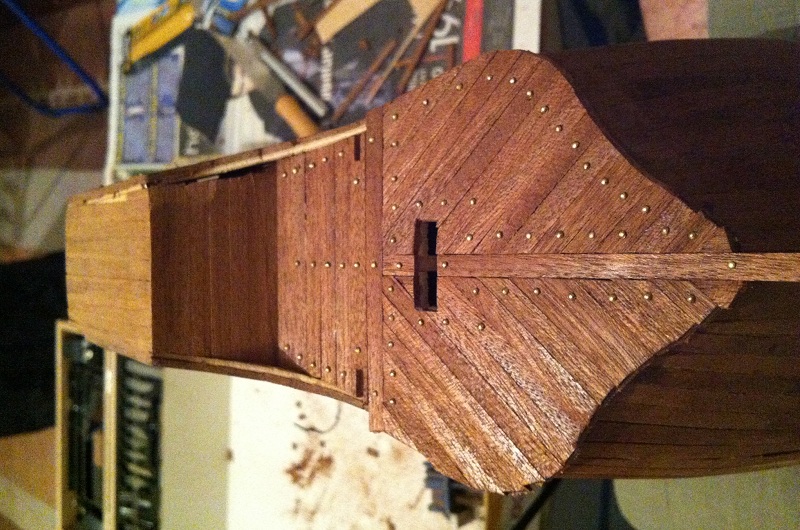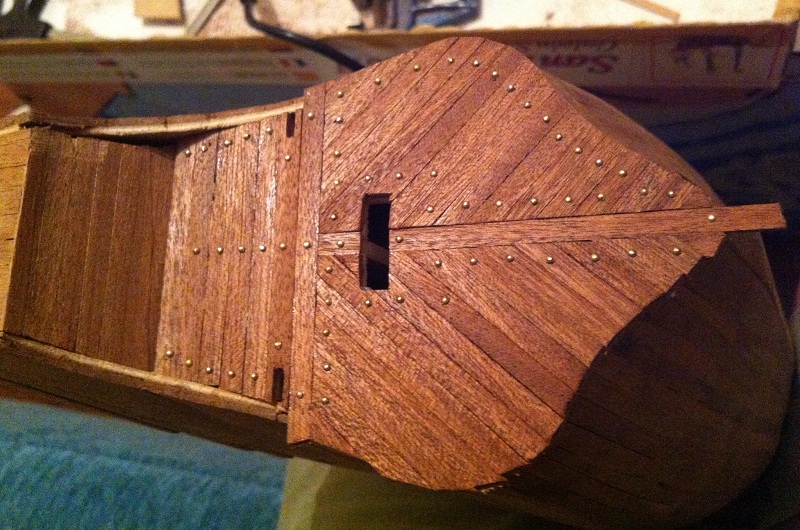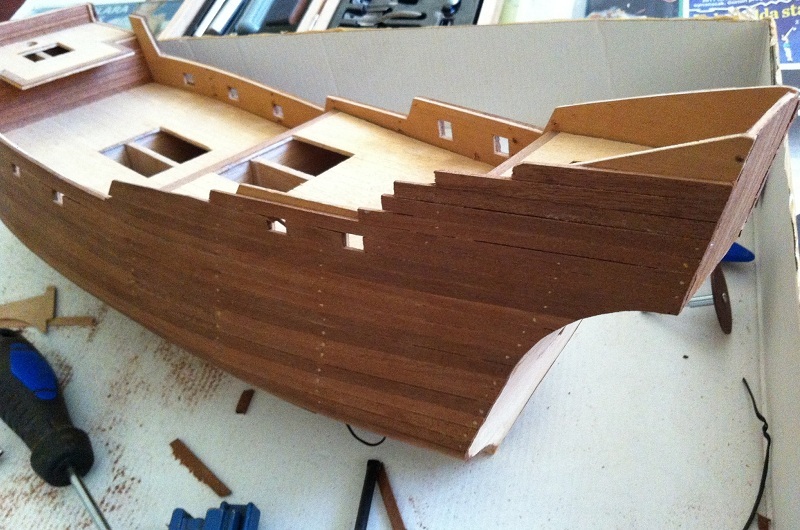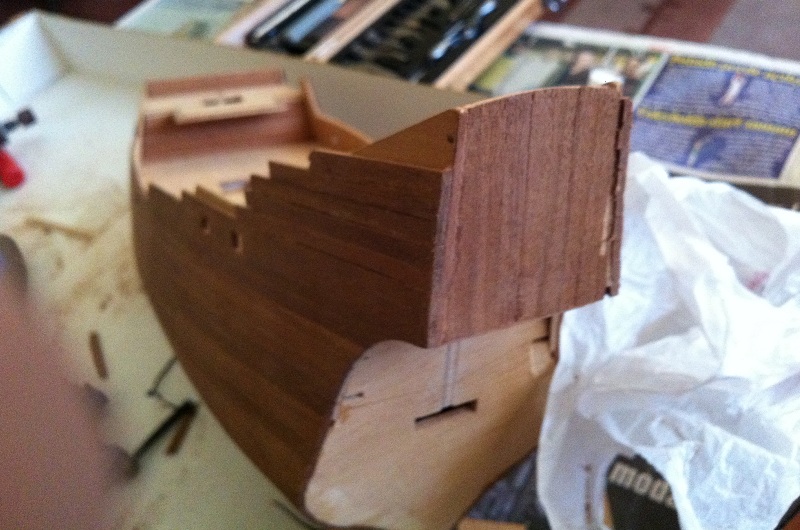-
Posts
146 -
Joined
-
Last visited
Content Type
Profiles
Forums
Gallery
Events
Everything posted by msberkman
-
San Francisco Galleon The Artesania Latina's "San Francisco" is a wooden ship model that accurately recreates the real life of the ship with the finest details. This wooden kit is in medium construction level with a scale of 1:90 and suitable for any person with an interest in modelling. When you get the kit and read the brief description of this galleon on the box or booklet, you will see it is not satisfactory. Surprisingly there is virtually no information about this particular galleon on the internet, or others that participated in the Armada. You may find the history of this galleon interesting whether or not you plan to build the model. The galleons appeared in the mid-16th century and the most feared of all were the Spanish galleons. From that time and for nearly 150 years these small but sturdy ships of military might reigned on the high seas. The San Francisco was one of the most outstanding of its age. She was one of the heavily armed, much feared mainstay galleon which fought in and survived the Spanish Armada. Its three decks, the abundance of equipment and imposing and robust design made the galleons, such as the San Francisco, truly amazing ships. The Spanish Armada of 1588 (also known at the "Invincible Fleet" or the "Enterprise of England"), was a fleet of over 100 ships and vessils sent out by King Phillip II to invade England. Due to multiple opposing factors such as the type of weaponry and tactics used by each side and extreme weather conditions the invasion fleet failed and only about 70 ships returned to Spain. The San Francisco has an active participant in this fleet, and her history is an intersting one. The San Francisco galleon began her existence as the Florencia, in fact some texts refer to her by that name for her entire career. The Florencia belonged to the Duke of Tuscany, who was using her to take advantage of the spice trade that was disrupted in 1585 by the siege of Antwerp. After arriving in Lisbon in 1586, the Florencia was held by Spanish authorities, and eventually impounded in mid-1587. While being held in Lisbon many captains and admirals visited the Florencia and admired how well she was constructed. After being requisitioned, the Florencia was re-named as San Francisco (or San Francesco) and added to Duke of Medina-Sidonia’s Squadron of Portugal. The type of guns on the San Francisco carried an interesting point. During the late 16th century, naval armament production included the use of materials such as cast iron, brass, bronze, and wrought iron. Unlike many other European countries, Spain was still using predominately wrought iron guns on its ships. These were made of iron rods or strips that were held together with iron bands. If the San Francisco had brass (or bronze) guns it would have been quite modern by Spain’s standards and it would have been thanks to the investment of the Duke of Tuscany. In addition to the guns, the carriages that were likely used are of interest. A typical period British ship would have been using a four-wheeled carriage. This is because by the end of the 16th century many countries, such as England, were beginning to move away from boarding tactics to a focus on standing off and battering the enemy. Spain, which still considered using a broadside of heavy gunnery as a brief and preliminary action prior to boarding, was still using two wheeled carriages. These looked mildly similar to contemporary field artillery pieces and were difficult to aim and reload on a ship. But it is possible that if the Duke of Tuscany had invested in modern guns for the Florencia, he would have also insisted on four-wheeled carriages. Most sources note that the San Francisco carried 52 guns, this number would have included all armament from swivel guns to the largest cannon. Whatever type of guns the San Francisco originally carried, by the time she took part in the Armada 1588 she may not have possessed all of her original armament. This is because the Armada was so short of guns that it was ordered that they were to be taken from well-appointed vessels and redistributed throughout the Armada. During her participation in the Armada, the San Francisco was sailed by Captain Bartoli, who also sailed her for the Duke of Tuscany before the Spanish impounded her. The San Francisco was commanded by Captain Gaspar da Sousa. Unlike English ships, Spanish ships were under the control of the commander of the soldiers; not the mariner captain. The San Francisco sailed as part of the Squadron of Portugal. Many resources agree that the San Francisco was one of the best, if not the best, constructed and armed galleon in the Spanish Armada of 1588. She is known to have taken an active role in many of the Armada battles, and performed notably well. After the Armada’s return both Captain Gaspar da Sousa and Medina-Sidonia commented on how well and often the San Francisco participated in the fighting. One resource points out that Medina-Sidonia wrote a letter to the Duke of Tuscany commending the San Francisco and how well she performed. Following the failure of the Armada, the San Francisco returned to Santander (Spain), with nine other ships including the flagship. Unfortunately, the San Francisco was so damaged that she was salvaged for guns and lumber, then left to rot on the shore. Her Captain Bartoli died the following day, presumably from wounds acquired during action against the England. Some sources (treasure ship books usually) claim that the San Francisco sunk in Tobermory Bay on the Isle of Mull, Scotland where she was sheltering from the storm that destroyed so many ships of the Armada. Some claim she sunk as a result of the magazine being fired by raiders looking for pay chests or by locals mad at the Spaniards for refusing to pay for food and water that they had taken. An Armada ship really sunk in Tobermory Bay, but it was more likely the San Juan de Sicilia. The San Juan de Sicilia was formerly the Brod Martolosi, a merchantman embargoed by the Spanish in 1586. Maritime history would not be the same without the excitement and mystery that surrounds the galleons. Many countries produced galleons, but Spanish galleons tend to be singled out and romanticized in both fact and fiction. The San Francisco is an excellent example and just one window into this fascinating history with 961 tons of weight, 52 brass guns, 400 soldiers and 86 crew in her.
About us
Modelshipworld - Advancing Ship Modeling through Research
SSL Secured
Your security is important for us so this Website is SSL-Secured
NRG Mailing Address
Nautical Research Guild
237 South Lincoln Street
Westmont IL, 60559-1917
Model Ship World ® and the MSW logo are Registered Trademarks, and belong to the Nautical Research Guild (United States Patent and Trademark Office: No. 6,929,264 & No. 6,929,274, registered Dec. 20, 2022)
Helpful Links
About the NRG
If you enjoy building ship models that are historically accurate as well as beautiful, then The Nautical Research Guild (NRG) is just right for you.
The Guild is a non-profit educational organization whose mission is to “Advance Ship Modeling Through Research”. We provide support to our members in their efforts to raise the quality of their model ships.
The Nautical Research Guild has published our world-renowned quarterly magazine, The Nautical Research Journal, since 1955. The pages of the Journal are full of articles by accomplished ship modelers who show you how they create those exquisite details on their models, and by maritime historians who show you the correct details to build. The Journal is available in both print and digital editions. Go to the NRG web site (www.thenrg.org) to download a complimentary digital copy of the Journal. The NRG also publishes plan sets, books and compilations of back issues of the Journal and the former Ships in Scale and Model Ship Builder magazines.



